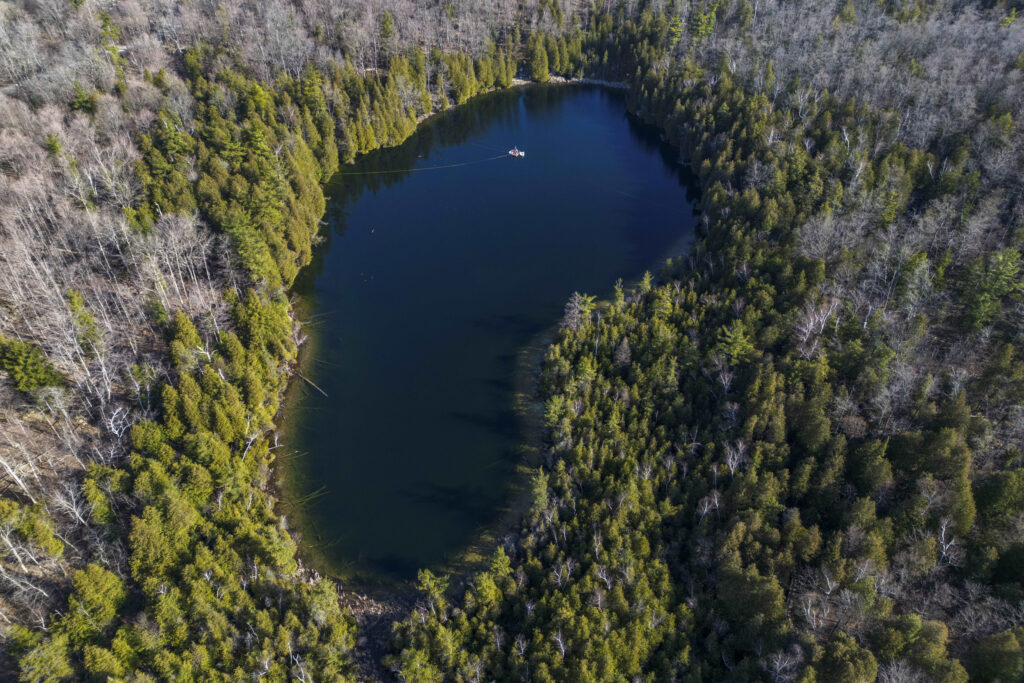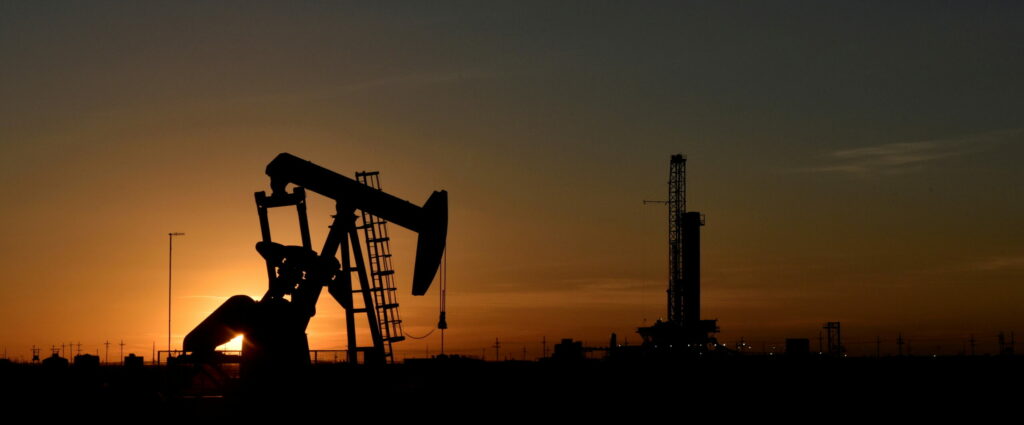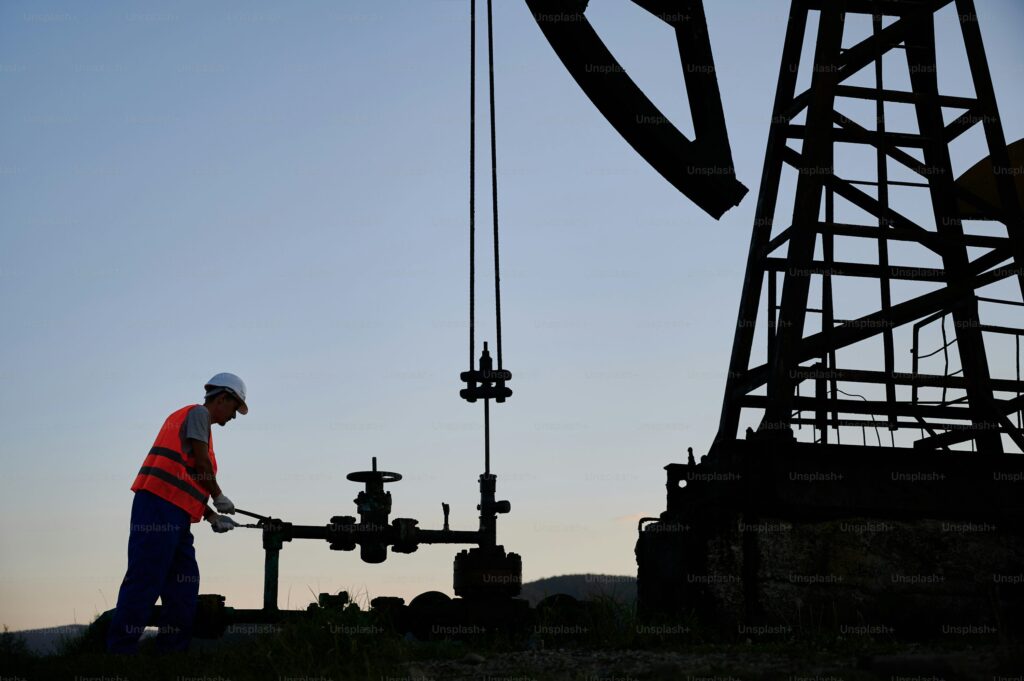In addition to various climate-panic blows to Canada’s economy, from anti-pipeline blockades of railroads to the cancellation of oil sands and LNG projects, we learn that shipping is backed up because the St. Lawrence Seaway won’t be open until April because of high water as the International Joint Commission works to drain Lake Ontario. And of course, in a throwaway line, the story cites a business executive blaming it on the “changing climate”. But hang on. As we showed in a pair of videos last year the Canadian government said global warming would cause water levels in the St. Lawrence to drop, as did a long list of scientists, at least until it started going up. Is there no prediction that actually comes true or, in failing, brings the theory into disrepute?
Really. Please give us something. Something we can test.
Too often the problem with alarmist predictions is that they’re set in the distant future. For instance an online publication called Narcity, which bills itself as “Everything you need to know about anywhere you want to go” warns us where we’re all going that we don’t want to in a piece about how “4 Canadian Cities Are Most Likely To Feel Climate Change By 2050.” Out of Toronto, Montreal, Ottawa and Calgary, Toronto will be hit worst, with an “average temperature rise by 3.02 C by 2050.”
Notice the 0.02 on the number. Just because the prediction is absurd doesn’t mean it can’t be made with incredible precision. And it is an absurd prediction. Three degrees by 2050 means 1 degree per decade, or 10 degrees per century. Historical weather data don’t show anything like that happening. The trend since 1959 is more like 0.2 degrees per decade. Even most obviously exaggerated computer models don’t show global temperature rising by 3 degrees by 2050 or Toronto for some reason getting blasted especially hard. (Mind you lots of Narcity readers seem to be urban Canadian sophisticates and as you know, wherever you live is warming twice as fast as the average; for good measure in case you live there the story also predicts that “Ottawa and Montreal… could see an average temperature increase of more than 3 C.” Unless they don’t).
However this scaremongering does at least contain a certain degree of specificity with respect to Toronto: the change to a temperate humid warm summer “means going from having large seasonal temperature differences with hot summers and cold winters to less extreme changes and more precipitation.” So if Toronto does not see more precipitation, and if it is not a full degree warmer by 2030 can we call it a failed prediction? And, more crucially, if so can we say it reduces the credibility of this sort of thing?
Then there’s this tired prediction: “Warming oceans and melting ice caps could cause sea levels to rise by more than a metre (three feet) by the end of the century, according to the United Nations. The rise could displace or affect up to 680 million people living along the world’s coastlines. The UK’s National Oceanography Centre (NOC) projected that flooding from rising sea levels could cost the globe $14 trillion annually by 2100.” Tricky, because it won’t happen for another 80 years. (Like NBC’s “Disappearing beaches: Climate change could wipe out half of the world’s sandy shorelines” by “the end of this century” because as “global temperatures continue to rise, driven by emissions of heat-trapping greenhouse gases, melting ice will raise sea levels and extreme weather events are expected to become more frequent and intensify, battering vulnerable coastlines around the world”.) But such predictions are based on the RCP8.5 scenario that is now being shown to have been absurdly over-the-top, as even the BBC admits. But presumably if the oceans refuse to rise a foot in the next quarter-century, or if it’s nothing they weren’t also doing three centuries ago before the industrial revolution, will they admit that it was wrong?
Then there’s that New York Times Op Ed, reprinted on MSN, that warned of “The End of Australia as We Know It” and the coming of a bleak Mad Max time “When summer is feared. When air filters hum in homes that are bunkers, with kids kept indoors. When bird song and the rustle of marsupials in the bush give way to an eerie, smoky silence.” So if it doesn’t happen is the theory wrong? It’s hard to know, because the piece is hazy, sometimes implying that it’s imminent and at others retreating into some unspecified future dream time. (Mind you the Guardian says “the killer heat” is here now in Australia, which of course is “heating faster than the global average”, which should be easy to test.)
To be fair, at least all these predictions point in the same general direction, whether they’re testable in our lifetimes or not. They say it’s going to get warmer because of warming. The really slippery ones are those that predict contrary phenomena then pick whichever happens and say “Gotcha”. Like the ones saying winters will get warmer because the planet is warming because of climate change but if they get colder it’s the polar vortex because of climate change. Or blaming high and low water in the Great Lakes on climate change simultaneously.
It’s like the old investment newsletter scam where you write to 500 strangers saying the price of gold will rise and to 500 more saying it will fall. Then if it falls, you send another 250 to the second group saying now it will rise and another 250 saying it’s going to fall again. Then whichever it does you target that group again and once you’ve called it three times you’ve got more than 100 people who think you’re a genius. But you’re actually a fake.
So let’s have it: Will the Great Lakes fill up, empty out or just fluctuate the way they always have? Is it going to get wetter, drier or cycle? Will there be more snow, less snow or just the usual variety. And if it’s just the usual, will you stop grabbing every fluctuation and going “There, proof positive”?



For Immediate Release March 4, 2020
MP Cheryl Gallant introduces legislation to help PLAN 2014 Flood Victims
Upper Ottawa Valley… Renfrew-Nipissing-Pembroke MP Cheryl Gallant recently introduced legislation, Bill C-222, to amend the federal Expropriation Act to allow for compensation for private property flooded by federal government policy PLAN 2014.
Unlike the United States, where private property is protected in the American Constitution, in Canada landowners rights are found in government expropriation legislation used to legally take their property.
Regulatory, de facto or constructive taking of private property happens when Government uses its statutory powers to regulate or restrict the property rights of an owner, without acquiring title to the land being adversely affected. The landowner feels the impact of the regulation as if the land has been expropriated.
From Lake Ontario-St. Lawrence Plan 2014 Protecting against extreme water levels, restoring wetlands and preparing for climate change;
“The Lake Ontario-St. Lawrence River Study concluded that an estimated 25,000 privately owned riparian properties are located on Lake Ontario and the St. Lawrence River upstream of the Moses-Saunders Dam. More than 3,000 shoreline property parcels are located below elevation 76.2 m (250 ft) and could be at risk of flooding on Lake Ontario and the upper St. Lawrence River.” Page 42
“The restoration of more natural water level regimes in Lake Ontario and the St. Lawrence River is not a traditional wetland restoration project, which typically includes harvesting and planting, physical transformations of the wetlands, or cleanup of pollutants. Nonetheless, as the USEPA noted, “Plan 2014 will increase the diversity and functioning of 64,000 acres of coastal wetlands by allowing hydrologic conditions (flooding) to support native wetland plant seed germination and growth”(USEPA, 2013). Page 57
The Federal Government, in addition to being fully aware that Plan 2014 was intended to flood residential properties, has obligations in accordance with the Boundary Waters Treaty of 1909, Article VIII;
“interests on either side of the International Boundary which are injured by reason of construction, maintenance and operation of the works shall be given suitable and adequate protection and indemnity as provided by the laws in Canada, or the Constitution and laws in the United States respectively.”
Bill C- 222 seeks to remove some uncertainty from existing federal expropriation legislation as to whether owners must be compensated for certain types of de facto takings, which in the case of Plan 2014 floods their property into wetlands. When governments actually expropriate private property, well-established common law principles, and Canada’s courts combine to usually give property owners at least some compensation in exchange.
-30-
For more information contact MP Cheryl Gallant at 613-732-4404
If all the ice in the world melted it wouldn't make much difference to sea levels, there isn't enough of it. Also, if you think about the arctic polar ice cap, because the density of ice is nearly the same as water, then if all that ice unfroze, it would occupy about the same volume, so no sea level rise! No, any sea level rise would occur due to the volume expansion of water due to the temperature rise like anything expands when heated. As the temperature rise would only be small & the surface area very large, any sea level rise would be very small.